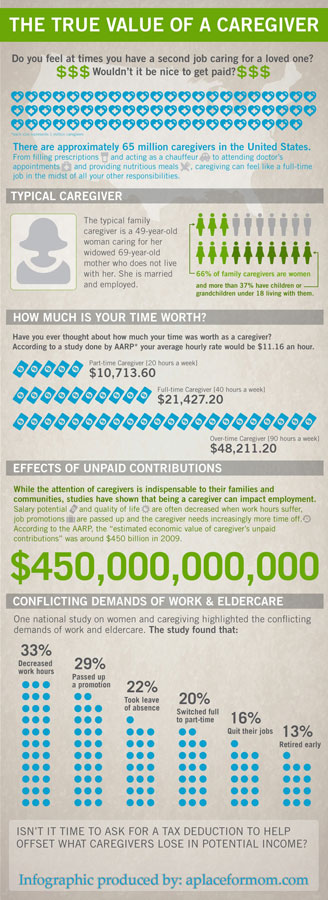Strokes, heart attacks, falls — these are the conditions we usually think of as landing older adults in the  emergency room. But, seniors visit the ER for a lot of other reasons that may be just as critical, such as adverse drug effects, infections and COPD.
emergency room. But, seniors visit the ER for a lot of other reasons that may be just as critical, such as adverse drug effects, infections and COPD.
Caregivers should be aware of the symptoms that are most likely to lead to a serious diagnosis in seniors. If you have seniors under your care, this is a list of 10 conditions that you’ll want to pay attention to:
1. Injuries and Accidents
Injuries, falls, traffic accidents, even exhaustion — these are the types of acute issues that most often land seniors in the emergency room, according to the CDC.
2. Heart Disease
Some of the most common symptoms reported by seniors in emergency room visits are chest pain and shortness of breath, both potential indicators of heart disease, which is still the leading cause of death in the U.S., as reported by the CDC and Discovery Health.
3. Chest Pain
As mentioned above, chest pain can be a symptom of heart disease; it can also be caused by other problems such as heart attacks, injuries, blood clots, respiratory infections, or even gastrointestinal issues, according to the CDC and WebMD.
4. Adverse Effects and Complications of Medical Treatment
Adverse drug reactions are a shockingly common cause of emergency room visits in the elderly, including unexpected side effects, interactions with other drugs, or inappropriate self-medication, as reported by the CDC and NIH.
5. Abdominal Pain
Digestive disease, food poisoning and infection can all cause abdominal pain or nausea; so can kidney stones, which may result from malnutrition, dehydration or other medical conditions, according to the CDC and Discovery Health.
6. Chronic Obstructive Pulmonary Disease
According to the CDC, COPD covers a number of conditions including bronchitis, emphysema, and chronic airway obstruction. Fatigue, coughing, and shortness of breath are some possible symptoms, as reported by the CDC and WebMD.
7. Pneumonia
Pneumonia is one of the most common upper respiratory infections to land seniors in the ER. Signs may be milder in older adults, and can include shortness of breath, coughing, and confusion or delirium, according to the CDC and WebMD.
8. Urinary Tract Infection
This is yet another reason why seniors should make sure they’re getting enough fluids—31% of seniors are chronically dehydrated, and one of the best ways to prevent UTIs is to drink plenty of water, as reported by the CDC.
9. Stroke
Stroke is the third leading cause of death in the U.S. It has a distinct pattern of symptoms, which means a vigilant caregiver can often prevent long-term damage if the patient is treated quickly enough, according to the CDC.
10. Spinal Disorders
Back pain is another symptom that commonly brings seniors to the ER, whether the pain is due to an injury to the back or neck, a vertebral disc disorder, or an inflammatory condition such as arthritis, as reported by the CDC.
If you’re a family member or caregiver of an older adult, be sure to familiarize yourself with the symptoms of these common emergency medical issues, and you’ll be better prepared to deal with them if they should arise.
Has your senior loved one gone to the ER for one of the reasons above? Share your story with us in the comments below.
Credit Place for Mom. Read more here



